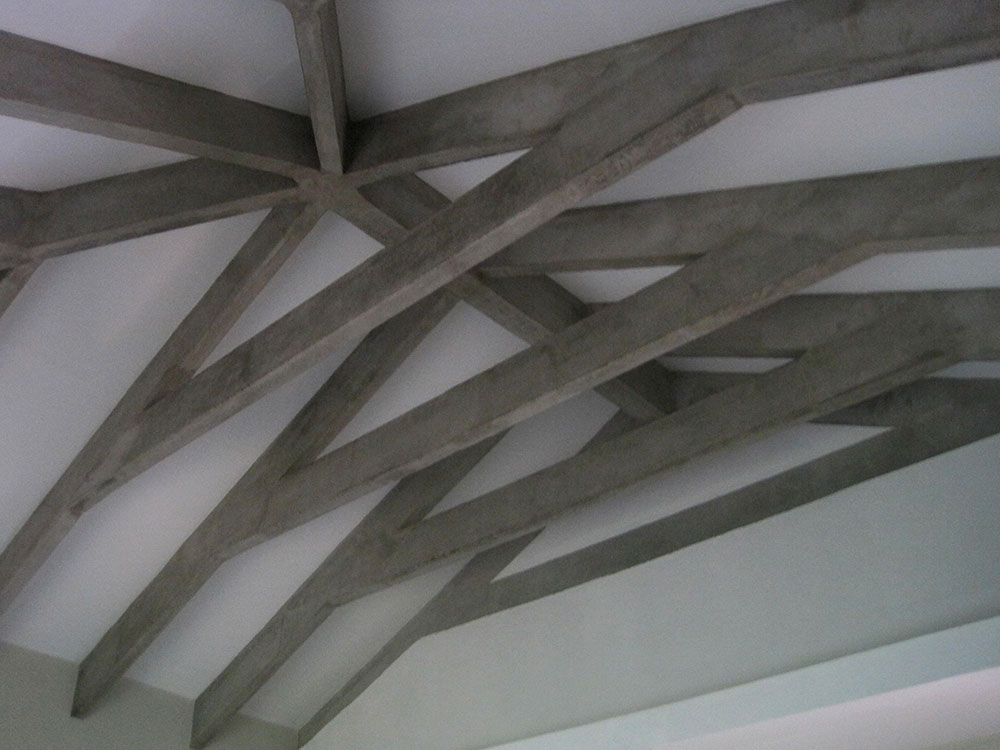Alternative construction techniques
Alternative construction techniques are different from conventional ones in that they often use natural building materials and have a strong emphasis on sustainable design. From foundations to walls to roofing of built spaces, a number of alternatives to conventional techniques exist and we have used in many of our projects, those that work well within the context in which the building stands. Foundations can be done with random rubble masonry using granite blocks, tie beams at plinth, lintol and roof level can be made with a ‘lost shuttering’ of brickwork, walls can use rammed earth, wattle and daub, compressed sun dried bricks or adobe bricks. Plasters can be of stabilized mud or lime cement. Roof slabs can be of madras terracing, ferrocement channels or stone slabs on precast beams. Sloped roofs can be of precast RCC rafters or recycled wood. Interior floor finishes can be of Indian patent stone or local rough stones, structural elements could be locally available stones. The list can go on.

At every level, the built space can make use of alternatives to the conventional but the choice needs to be carefully made as using some of these methods in the wrong context would be meaningless. For example, it makes no sense to use rammed earth for walls if the earth close by does not have the right composition and so needs to be transported from a distance. Sometimes, conventional methods work better and one must have enough flexibility and understanding to know when to work with which.
